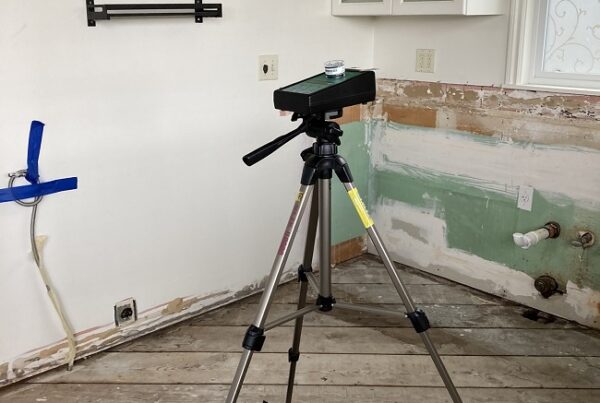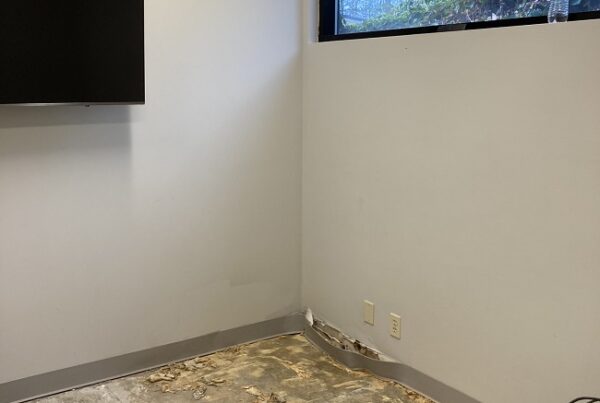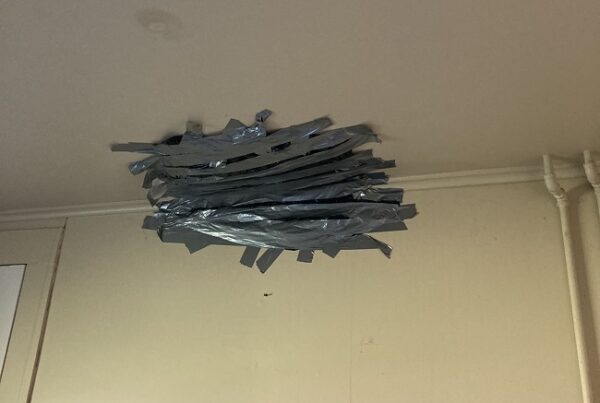
You are probably living in a home where you are feeling sick all the time—you are constantly sneezing, your ear and nose always itch, and your eyes get watery, you’re feeling tired all the time, and you frequently have a runny nose and shortness of breath. Over time you start to notice a pattern—once you leave that home, you feel better twenty minutes later, come back, and the symptoms start all over again. What could this be? After doing a little online research, you find out that the issue is likely due to mold in your home. Many of the symptoms mentioned above are typical with mold, but you don’t see any in your home.
Mold can grow out of sight inside your walls unbeknownst to you and cause allergic symptoms as well as health problems. You can test for mold in walls and find out if this is where it’s hiding.
How to test for mold in walls?
To test for mold in walls, you can utilize several methods. You can cut a piece of the wall to see if there is mold inside and if there is mold, you can send a sample to a mold testing lab for analysis. The problem then is that you are making a hole in your wall that you will need to fix later, but if you are going to or are already modifying the walls, it presents an opportunity to get a sample.
You can hire a consultant who will drill a small hole in the walls and then use a Borescope to take an image inside. You can use a moisture meter to read the humidity levels in walls, but you may have mold in walls if the reading is above average. With the method mentioned above, you can’t know for sure without cutting out a piece for examination; this method is a preliminary step in the discovery process.
What is the best way to test for mold in walls?
One of the most common and best methods used to test for mold in walls is an air test. It usually is performed by a professional or industrial hygienist, with the advantage of having an expert who will perform a complete mold inspection and provide answers and solutions. A mechanical pump calibrated for airflow is used. A mold trap, also known as a cassette media, will be attached to the pump via a flexible plastic tube mounted to a stand or by using a small electric pump programmed to collect a selected number of air liters for a chosen time. A cassette media is attached to the top of the electric pump to contain the mold spores. The great thing about this method is that it can trap many airborne mold spores present in the air space vs. taking a physical simple that can only identify visible mold. The pump sucks in air, and the mold spores are deposited inside on the cassette media trap, which is then taken to a mold testing lab for analysis under Phase Contrast Microscopy.
What does it cost to test for mold in walls?
It can cost anywhere from $200 to an average of $350 to test for mold in walls.
How long does it take to test for mold in walls?
Results can be available within 24 to 48 hours. If you need assistance to test for mold in walls at your residence or place of business, contact 5 Microns Inc. We can provide a free estimate and will be please to answer any questions you may have regarding your concern with mold in walls. During the week, we are available between the hours of 9:00 AM to 5 PM Monday to Friday and 9 AM to 3:30 PM on Saturday Pacific Standard Time. But you can also contact us from our website. We will promptly respond to your inquiry. I hope the information provided in this post was informative and helpful. Hope to talk to you soon.



